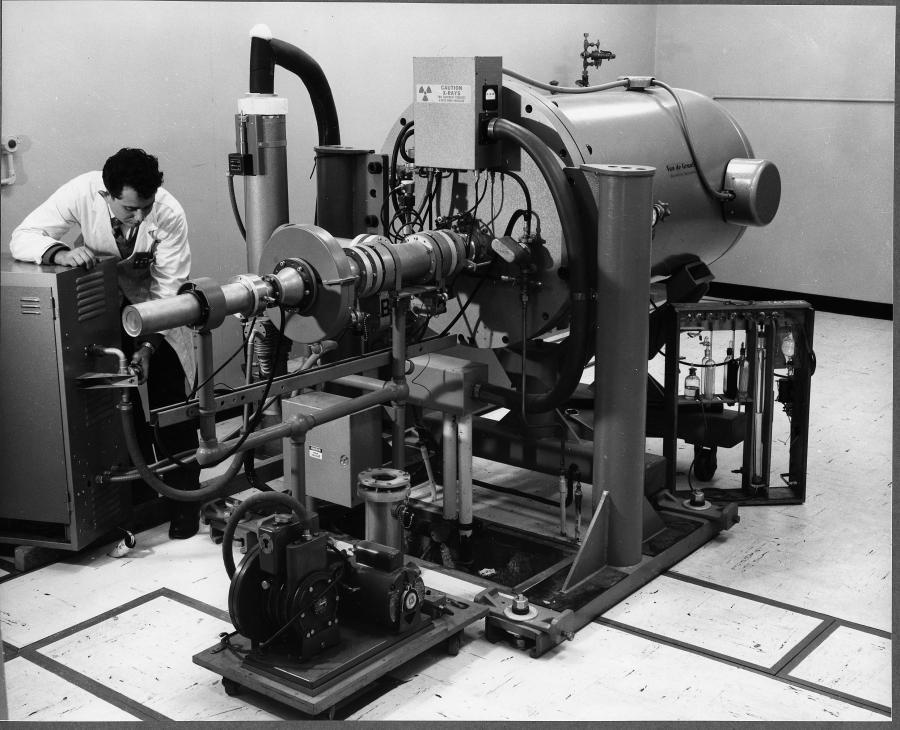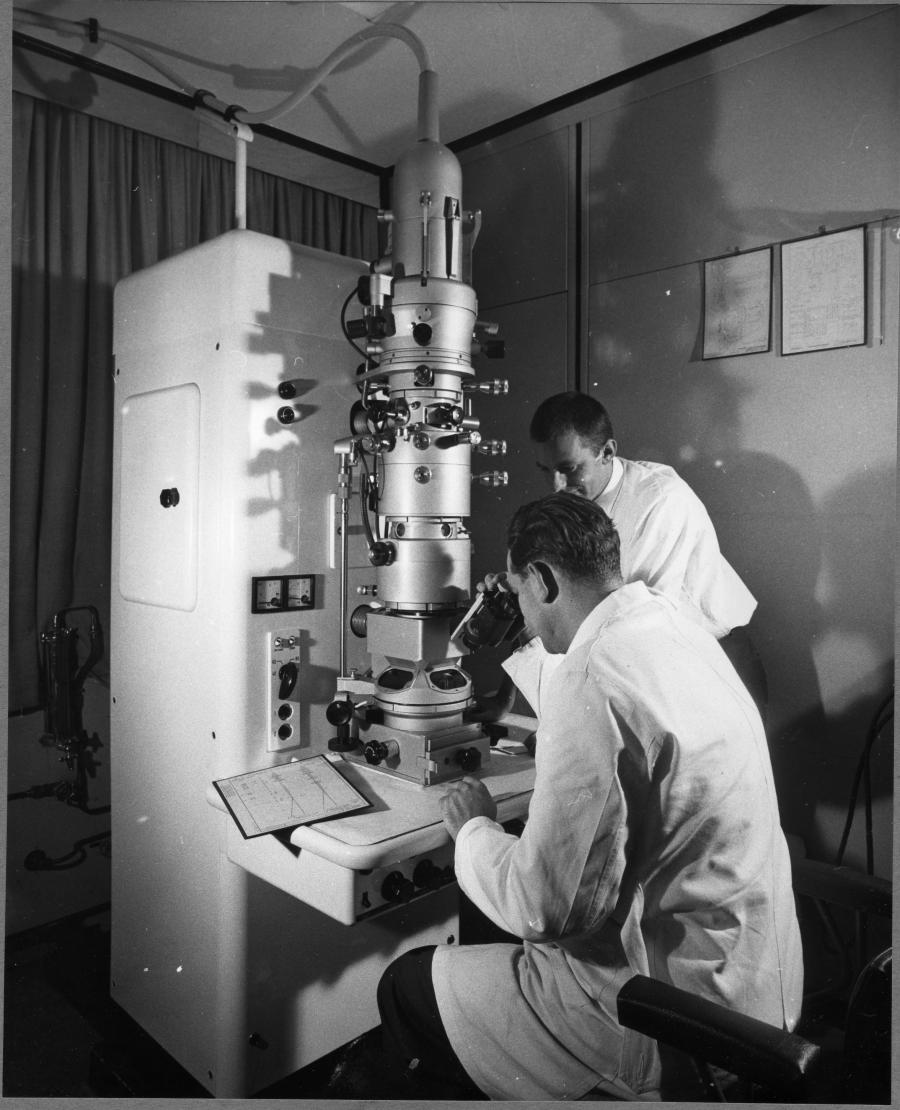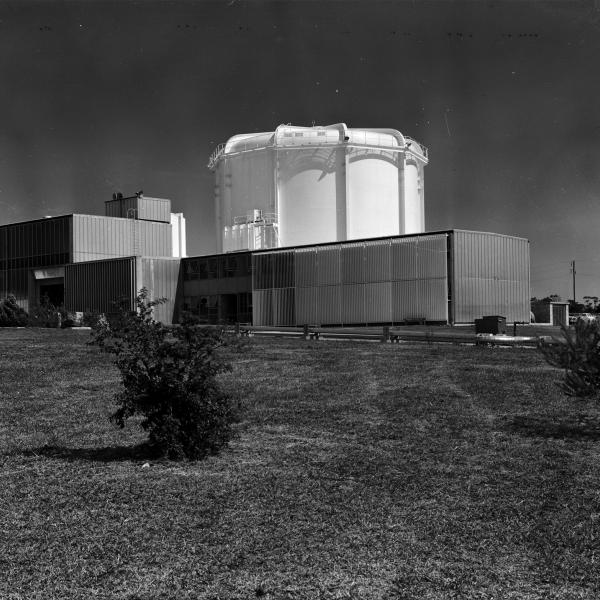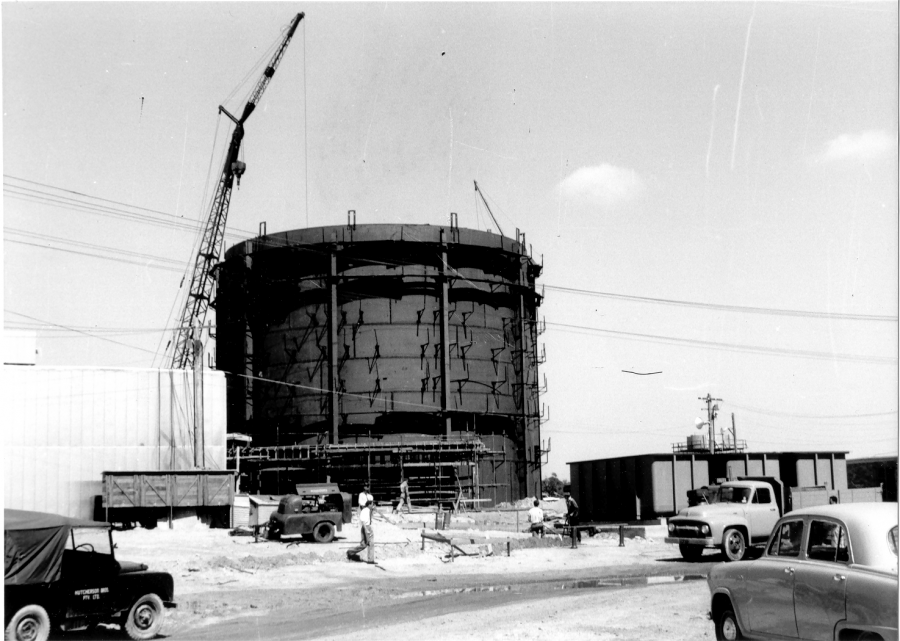
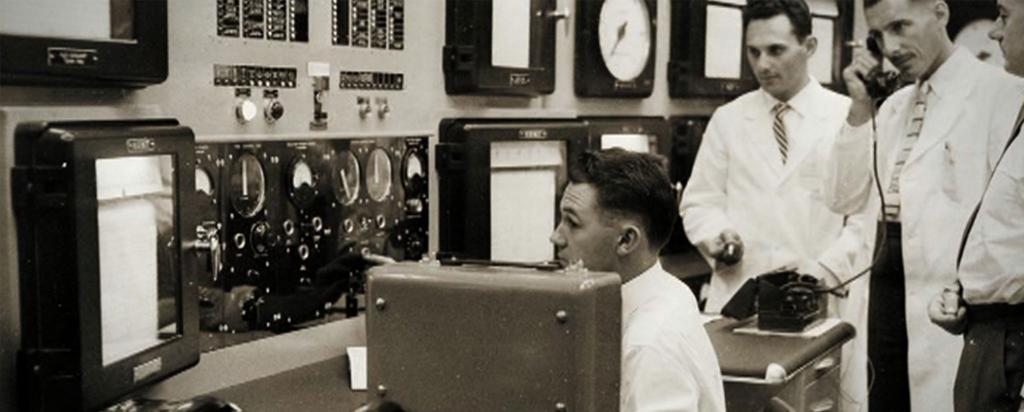
Published on the 14th February 2023 by ANSTO Staff
In 2023 we’re celebrating 70 years since Australia began developing our nation’s nuclear capabilities through ANSTO's predecessor the Australian Atomic Energy Agency (AAEC).
Over those 7 decades, Australia's capabilities have evolved. Today we are seen as a highly sophisticated and complex nuclear nation and that confidence in Australia's nuclear stewardship has largely come about through ANSTO.
ANSTO sits at the heart of our nation's nuclear capabilities and is the knowledge centre for nuclear science and technology in Australia.
ANSTO also operates our nation’s leading nuclear facilities including OPAL multipurpose research reactor; the Australian Synchrotron; nuclear medicine production facilities and many other significant landmark facilities. Other Government agencies including ARPANSA, ASNO and now ARWA also play important roles in Australia’s overall nuclear capabilities.
ANSTO’s mission is to provide knowledge, value and trust to the Australian Government and the people of Australia – delivering the social and economic benefits from the application of nuclear science and technology to benefit everyone.
It has been an extraordinary journey from the 1950s. Today the accumulated learning of the last 70 years has formed the ANSTO of 2023 based on the development of knowledge, skills and capabilities over that time.
The nuclear infrastructure that has been developed is world leading but is only part of our story. Add in the talented people at ANSTO today, young emerging scientists and engineers, collaborations with our valued partners around the world and the picture is more complete.
All of these elements form the foundation of our current nuclear capability and set us up for a future where Australia is an intelligent nuclear nation, ready to employ the different ways of using nuclear science and technology to continue to serve Australians well into the future.
ANSTO, and our predecessor the Australian Atomic Energy Commission (AAEC) has always been an organisation that has responded to and therefore been shaped by our national priorities. Over time, these may change and so it is important for ANSTO to be agile and have core capabilities that can be adjusted and be responsive when needed.
Today ANSTO is advancing science through the use of modern nuclear and accelerator research techniques at world-leading facilities. These include the Australian Centre for Neutron Scattering - a global centre for research enabled by our multipurpose reactor – OPAL. The Centre uses neutrons as a powerful tool to determine the atomic structure and properties of materials. Other national landmark infrastructure includes the Australian Synchrotron, the Centre for Accelerator Science and National Deuteration Facility. Thousands of academics, representatives from other organisations and industry access these facilities every year.
For many decades, ANSTO has undertaken research on the environment, human health (particularly the beneficial uses of radiation) as well as nuclear fuel, waste and nuclear technologies..
And through ANSTO, Australia is an established producer of nuclear medicine. Our molybdenum-99 (Mo-99) Manufacturing Facility is amongst the most advanced manufacturing facilities for the supply of this critical Isotope in the world today. It has the capacity to manufacture bulk Mo-99, supporting both the domestic market and the global demand for technetium—99m generators (used in nuclear imaging).
ANSTO is also the global leader in the supply of neutron transmutation doped (NTD) silicon.
We’re also driving innovation in waste treatment technologies through the development of ANSTO Synroc® and our Synroc-Molybdenum (SYMO) Waste Treatment Facility. This ‘first of a kind’ plant is progressing towards commissioning.
Through ANSTO, Australia is also a leader in the development if radiation detection technologies with the launch of CORIS 360® the world’s most advanced radiation imaging system. It uses compressed imaging technologies to provide fast, accurate information in places where radiation is present. CORIS 360® was the technology behind the successful and fast retrieval of the radioactive source in WA earlier this month.
ANSTO is a strong supporter for the Nuclear-Powered Submarine (NPS) Taskforce and is playing an important role in sharing our expertise across key areas.
“Into the future, I am confident ANSTO will keep doing what we’ve always done well, and that is to provide the technical solutions and expert advice to support social and economic outcomes for the benefit of all Australians,” said ANSTO CEO Shaun Jenkinson.
This is the first in a series of articles showcasing ANSTO's capabilities and contributions.
